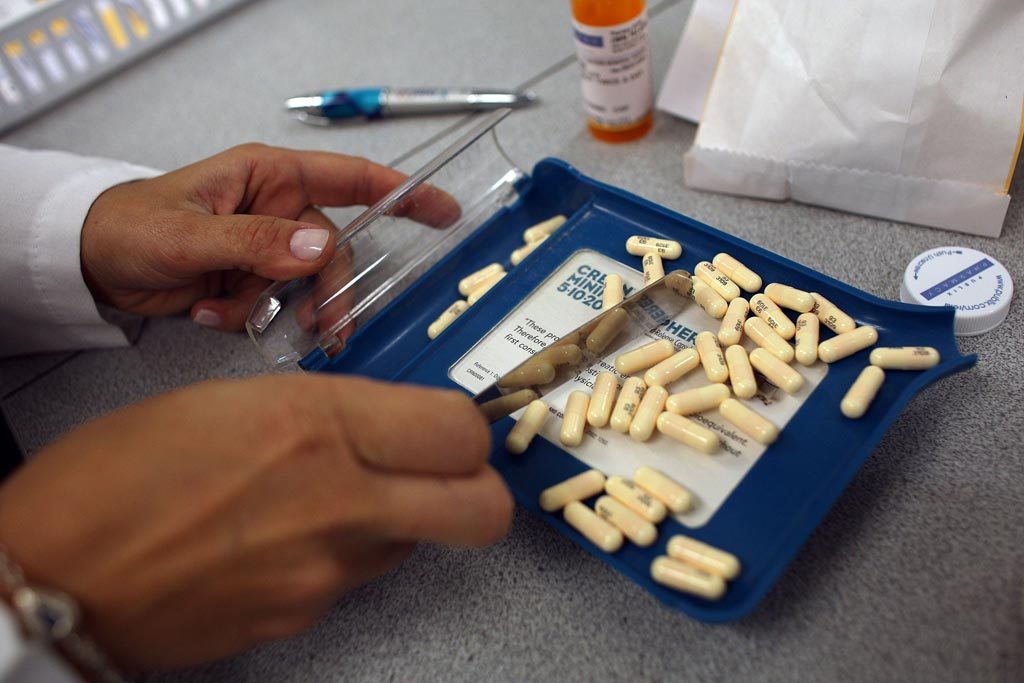A team of molecular microbiologists used quantum dot technology to increase the efficacy of antibiotics to the point where they became capable of killing strains of “antibiotic-resistant” organisms.
Quantum dots are minute semiconductor particles, only several nanometers in size, so small that their optical and electronic properties differ from those of larger particles. Many types of quantum dots will emit light of specific frequencies if electricity or light is applied to them, and these frequencies can be precisely tuned by changing the dots’ size, shape, and material, giving rise to many applications.
Interest in the potential use of quantum dots to augment antibiotic potency comes from growing concern in the increasing number of multidrug-resistant (MDR) bacteria, an increase that has been exacerbated by the lack of new antibiotics. To treat already pervasive MDR infections, new classes of antibiotics or antibiotic adjuvants are needed. Reactive oxygen species (ROS) have been shown to play a role during antibacterial action; however, it is not yet understood whether ROS contribute directly to or are an outcome of bacterial lethality caused by antibiotics.
In this regard, investigators at the University of Colorado (Boulder, USA) reported in the October 4, 2017, online edition of the journal Science Advances that a light-activated nanoparticle, designed to produce a tunable flux of specific ROS, superoxide, potentiated the activity of antibiotics in clinical MDR isolates of Escherichia coli, Salmonella enterica, and Klebsiella pneumoniae. Despite the high degree of antibiotic resistance in these isolates, the investigators observed a synergistic interaction between both bactericidal and bacteriostatic antibiotics with varied mechanisms of action and the superoxide-producing nanoparticles in more than 75% of combinations. As a result of this potentiation, the dots reduced the effective antibiotic resistance of the clinical isolate infections by a factor of 1,000 without producing adverse side effects.
In addition, the investigators showed that superoxide-generating nanoparticles in combination with the antibiotic ciprofloxacin reduced bacterial load in epithelial cells infected with S. enterica serovar Typhimurium and increased the survival of the roundworm Caenorhabditis elegans upon infection with S. enterica serovar Enteriditis, compared to antibiotic alone.
“We are thinking more like the bug,” said senior author Dr. Anushree Chatterjee, assistant professor of chemical and biological engineering at the University of California. “This is a novel strategy that plays against the infection’s normal strength and catalyzes the antibiotic instead. Overall, the most important advantage of the quantum dot technology is that it offers clinicians an adaptable multifaceted approach to fighting infections that are already straining the limits of current treatments. Disease works much faster than we do. Medicine needs to evolve as well.”







